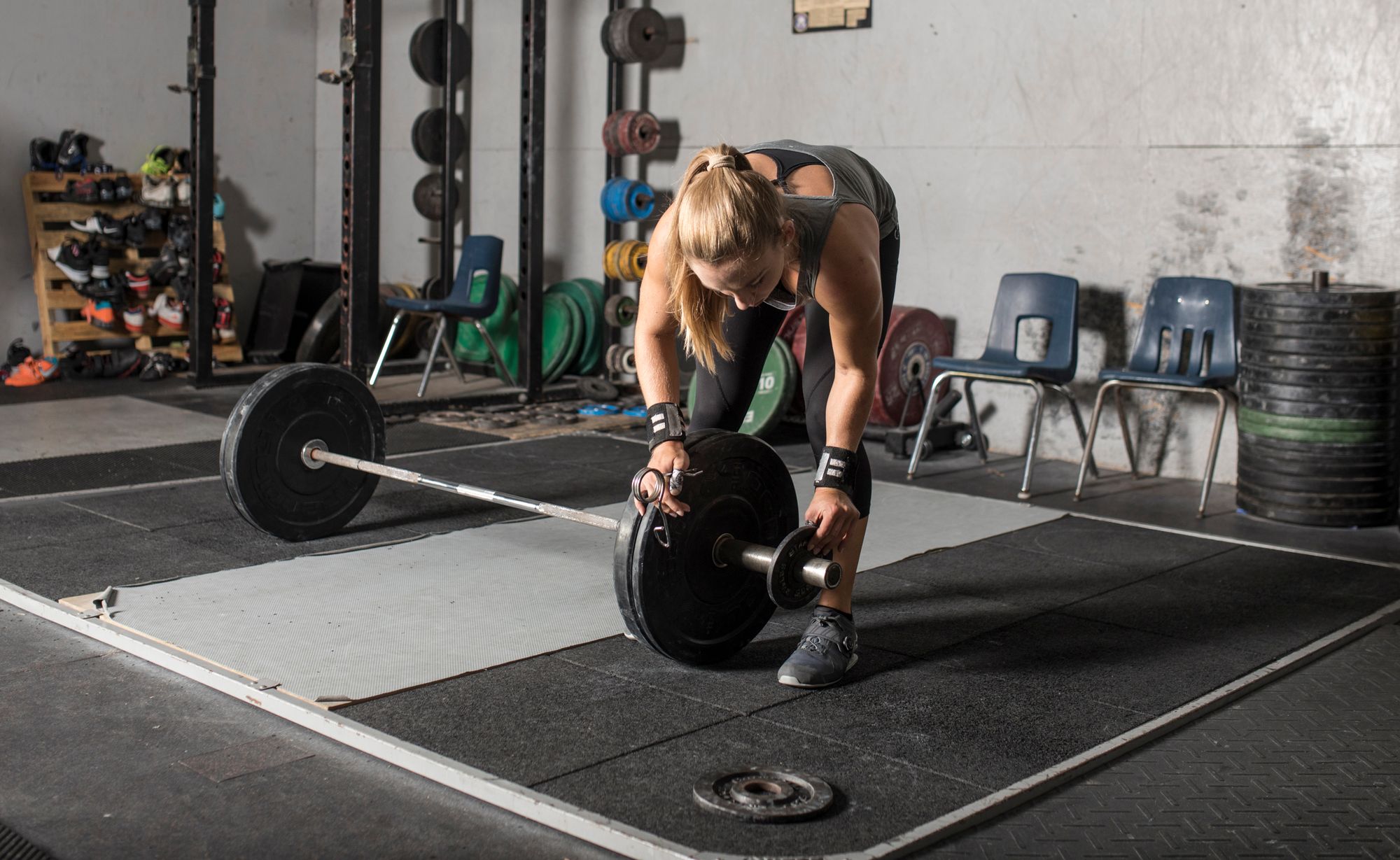How to Determine the Best Squat Stance for You
There's no one-size-fits-all squat stance. Instead, it depends on hip anatomy. Learn the best stance you should adopt for stronger squats here.

Difficult as it may be to master, the barbell squat remains one of the most popular exercises gym-goers attempt – and takes its place amongst the first few lifts beginners start their strength training journey with ✨
But let's be honest. Most squat forms you see in the gym make you cringe – from quarter squats (that looks like a slight twitch in the knees) to a hyperextended spine (i.e., anterior pelvic tilt) throughout the motion.
So … what can you do to avoid making these mistakes yourself?
A disclaimer: there are many technicalities to cover with the squat form. Examples include ankle mobility, thoracic spine mobility, and calves’ mobility.
Still, one of the most straightforward things you could try for (nearly) instant improvement in your squat form would be adjusting your squat stance based on your unique anatomy.
One-size-fits-all squat stance? No way.
- “Your feet should be placed slightly wider than shoulder-width.”
- “Turn both your feet out at a roughly 45-degree angle.”
You’re bound to have encountered these squat stance setup cues before. Well, guess what? These cues aren’t suitable for most people.
That’s because a person’s “ideal” squat stance depends on their hip anatomy.
Now, without diving into specifics (that involves mind-numbing terminology like femoral retroversion) and risking sounding like an anatomy lesson … the short of it is that inter-individual differences exist for hip shape, alignment, positioning, and relative angles of attachment to specific bones and joints.
Oh, and to make things tricker? In addition to inter-individual variability, there’s also intra-individual hip asymmetry. Wait, what? In other words: your left hip socket may be positioned differently compared to your right.
And so, all this talk about inter- and intra-variability in hip sockets boils down to one thing.
Your squat stance will (and should!) look different to your lifting partner, friend, or that creepy person in the gym you can’t help but feel intimidated by.
Also, here’s a “fun” fact: not everyone is blessed with the hips to squat “ass-to-grass”.
Those with “deep” hip sockets, for instance, run an increased risk of “femoroacetabular impingement” when attempting to squat in a way that’s outside their anatomical limits.
That long term? It’s just a fancy term to describe what happens when the hip bones begin to rub against each other, causing a bone spur to form, which, unfortunately, further limits range of motion (note: only surgery helps remove bone spurs).
How to find the best squat stance for yourself
Of course, that’s not to say that you should steer clear of squats if you have deep hip sockets. Don’t be mistaken!
The key point is simply that you should be mindful of your anatomical limits – and do your best within that range.
And that starts with identifying the best squat stance for yourself. So, what you’re going to do is something called a “supported squat”. Make sure you have a mirror nearby you could use to observe your squat form in real-time.
- Grab a solid, stable object for support (e.g., the squat rack) and squat down as low as possible. Use the support for balance.
- At this “bottom” position, open your feet to a slightly wider position – are you now able to squat even lower?
- Angle your right foot out. Is it more comfortable? Can you get lower?
- Turn your right foot back in, then try step #4 with your left foot.
- Finally, resume your initial position, then get into a narrower stance. Play with your feet' angles once again.
Be mindful that your back shouldn't ever be rounded in the "bottom" position. If it is, then it's not your "bottom" position. Instead, you're going to want to look for the position which enables you to get as deep as possible without your back rounding.
Got that position down?
Just one final thing to do: let go of the support and squat up without assistance. Then, descend into the squat once again. Again, it should all feel natural. You should feel strain or tightness (especially in the hip region) at no point.
Two additional tests to determine squat width
The previous test should give you a pretty good idea of your ideal squat stance. Still, if you have doubts about how wide – or narrow – you should go, the following two tests will help you fine-tune your lifting form further.
- Hip extension test: Lie on your back with bent knees and drive your hips up without arching your lower back (yep, it's a glute bridge). How much extension can you get? A straight line denotes neutral; a slightly flexed position means a negative angle of extension, while the hips rising above the torso signifies a positive extension angle.
- Lateral hip mobility test: To put it simply, this test assesses how wide you can “spread” your hips. Get on your hands and knees. Then, open your knees as wide as you can without tearing something. And once you’re as wide as possible, sit back – but without rounding your back. This gives you an idea of how wide you could (theoretically) make your stance during the squats.
So, now you know three things. What squat stance gives you the best depth. How much hip extension you can achieve. And finally, how wide you can (theoretically) spread your hips. All these will go a long way in helping you find a squat stance – and depth – that works for your anatomy.
Need help with other exercises?
Enjoyed this step-by-step guide on tweaking your stance for the squats? Then you’ll love GymStreak – the ultimate fitness companion that fits in your pocket. It:
- Features an extensive exercise library with detailed “how-to” instructions
- Plans your workouts based on your fitness goals
- Offers access to tons of helpful fitness resources (like this one!)
- … AND MORE
References
Fayad, T. E., Khan, M. A., & Haddad, F. S. (2013). Femoroacetabular impingement. The Bone & Joint Journal, 95-B(11_Supple_A), 26–30. https://doi.org/10.1302/0301-620X.95B11.33016
PRIME PubMed | Symptomatic sacroiliac joint disease and radiographic evidence of femoroacetabular impingement. (n.d.). Retrieved January 25, 2022, from https://www.unboundmedicine.com/medline/citation/23417531/Symptomatic_sacroiliac_joint_disease_and_radiographic_evidence_of_femoroacetabular_impingement_
Zalawadia, D. A., Ruparelia, D. S., Shah, D. S., Parekh, D. D., Patel, D. S., Rathod, D. S. P., & Patel, D. S. V. (2010). Study Of Femoral Neck Anteversion Of Adult Dry Femora In Gujarat Region: National Journal of Integrated Research in Medicine, 1(3), 7–11.

